There was a time before Liberia’s civil wars when agriculture was an integral part of the education system. All the way back to 1960, the Liberian Ministry of Education and Ministry of Agriculture—with US government financial aid—partnered with US Peace Corps volunteers and created the country’s first 4-H Club in Maryland county, southeast Liberia.
Thirty years later, there were some 27,000 4-H Club members in 1,950 clubs and nearly as many gardens. Then the country erupted in civil strife.
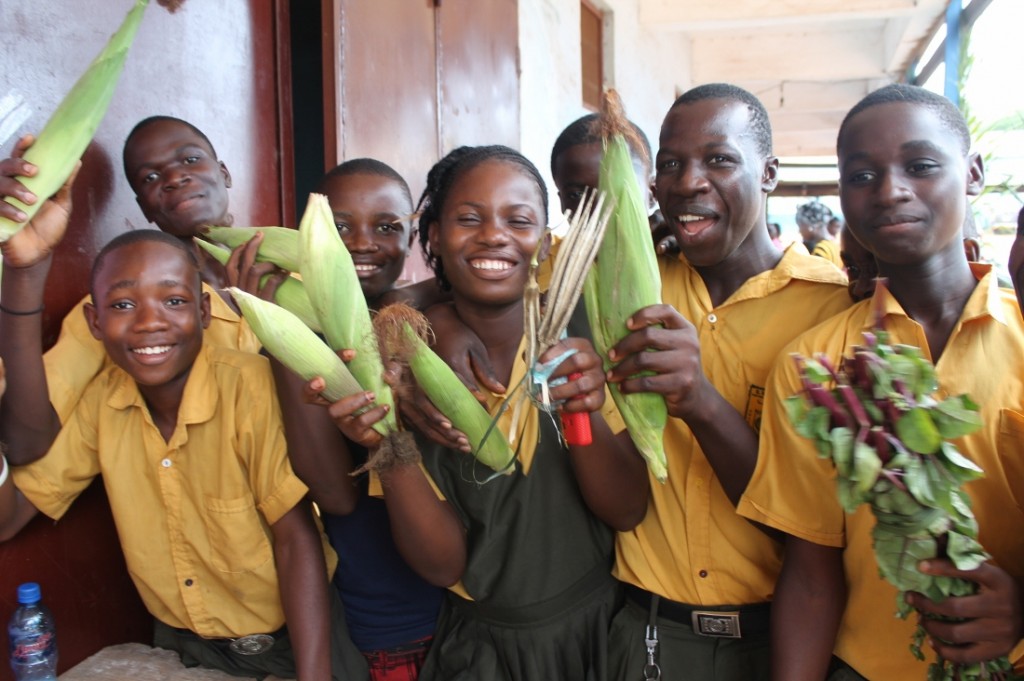
“When I was in grade school, I remember visiting my school garden,” says Edwin Kwakpae, the Ministry of Education’s representative in Grand Bassa county. “When I left the country during the war, I used those skills to survive. I’m a living witness to the benefits of knowing how to grow your own food.”
Ten years after the end of the war, the majority of Liberians live in poverty, depend on agriculture as a livelihoods and grow their own food for survival. Over 60% of the nation’s GDP comes from the agriculture sectors, however most of this comes from rubber and palm oil plantations.
Still, due to the bleak situation of their parents, most Liberian youth do not want to work in agriculture, do not aspire to become farmers, and dream of moving to a city where they hope to get an education and hopefully jobs in other sectors.
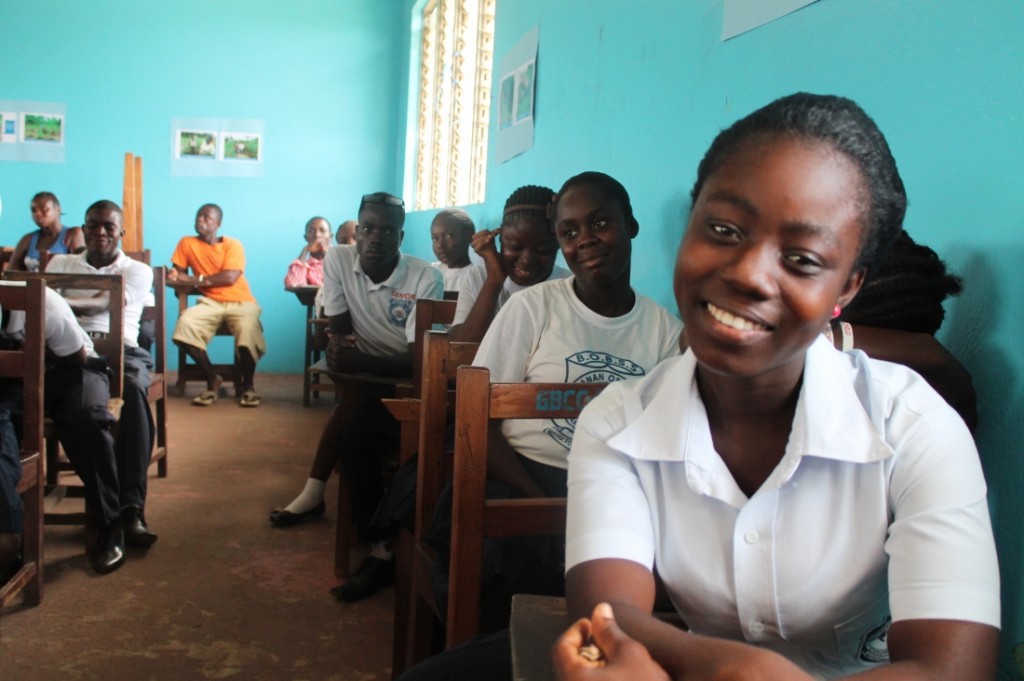
Nearly 70% of the Liberian population is under the age of 30. Many of these young adults have been forced to drop out of school during the 14-year conflict, cannot pay school fees, or no longer have a school to go to—half of Liberia’s schools were damaged in the conflict.
Like their elders, the majority of Liberia’s youth—classified as 16-35 years old—are subsistence farmers and depend on agriculture.
Adding Value to Cassava Farming
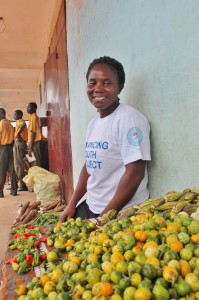
“It’s hard to make money from raw cassava,” says Etta Briggs, a 30-year old farmer living in Grand Bassa, Liberia. “The cassava tubers are heavy, take time to prepare, and need to be fresh. The processed cassava is better for marketing.”
The cassava-to-gari process takes Etta three days requiring her to peel, grate, and press the cassava tubers before drying the mash on a large open fire to turn it into gari, the flakey derivative, both light in weight and ready to eat.
Etta never learned cassava processing when she was a young girl because she was mostly on her own. When she was born, she lost her mother, and by the time she was six, her father succumbed to malaria. She never went to school and never learned anything beyond growing cassava and selling it for very little money.
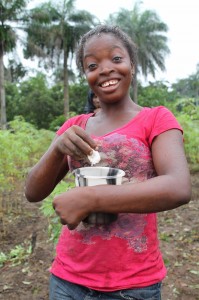
Throughout her life she developed acumen for trading. Like other women in her position, Etta survived on only a few dollars a day and utilized agriculture purely for subsistence. Later, her older sister and four children became more dependent on Etta. Today Etta feeds five people in the household.
In April 2013, she got the opportunity to learn new processing techniques while attending night school. The partnership of USAID Food Enterprise Development Program for Liberia (FED), local NGO Community Youth Network Program (CYNP) and the USAID funded Advancing Youth Project gave her and 21 other youth farmers an opportunity to learn agriculture and processing techniques in the field during the day and reading, writing, and arithmetic in the classroom in the evening.
FED provided the farmers with agricultural training, cassava cuttings, vegetable seeds, and tools. In addition, FED gave group leaders training on better processing methods, new ways to not only process cassava, but how to make cassava starch, pepper sauce, and potato green flakes.
“I can keep my gari for up to year looking for buyers, and my dried greens keep for six months,” explains Etta, who now plans and sorts her products according to the day’s market.
“Reintroducing agriculture into our schools is a challenge,” explains Junior Toe, CYNP’s founder. “But we know that Mama Liberia will benefit if more people start seeing agriculture as a vocation and not as a means of survival.”
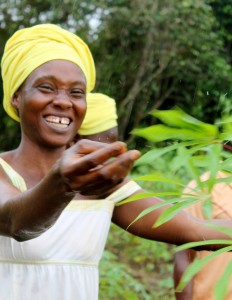
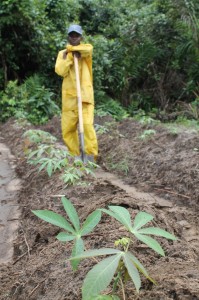
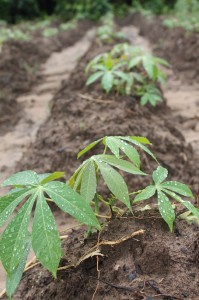
Left: Niome Somah, Back-to-School Garden; Center/Right: cassava fields
To motivate the youth learners, FED and CYNP turned the Back-to-School Gardens into a competition between the twenty participating schools in Grand Bassa county. After a 9-month cassava and vegetable growing period, each school was judged according to production and team spirit.
Etta, who is currently a Level Three learner at the Gorblee Public School, and her group came out on top of the competition exhibiting an impressive harvest of pepper, eggplant, and of course gari (processed cassava). The group took home prize money donated by the Ministry of Youth and Sports worth 50,000 Liberian dollars ($625 USD) to put towards the expansion of their school farming site.
“The youth want to learn and they want to work. Agriculture is hard work but it is not bad work. We are very willing to work hard if it is towards a good end,” says Etta Briggs.
Due to the success of the Back-to-School Garden initiative in Grand Bassa county, FED and partners will expand the program’s reach to five more counties in 2014: Margibi, Montserrado, Nimba, Bong, and Lofa.
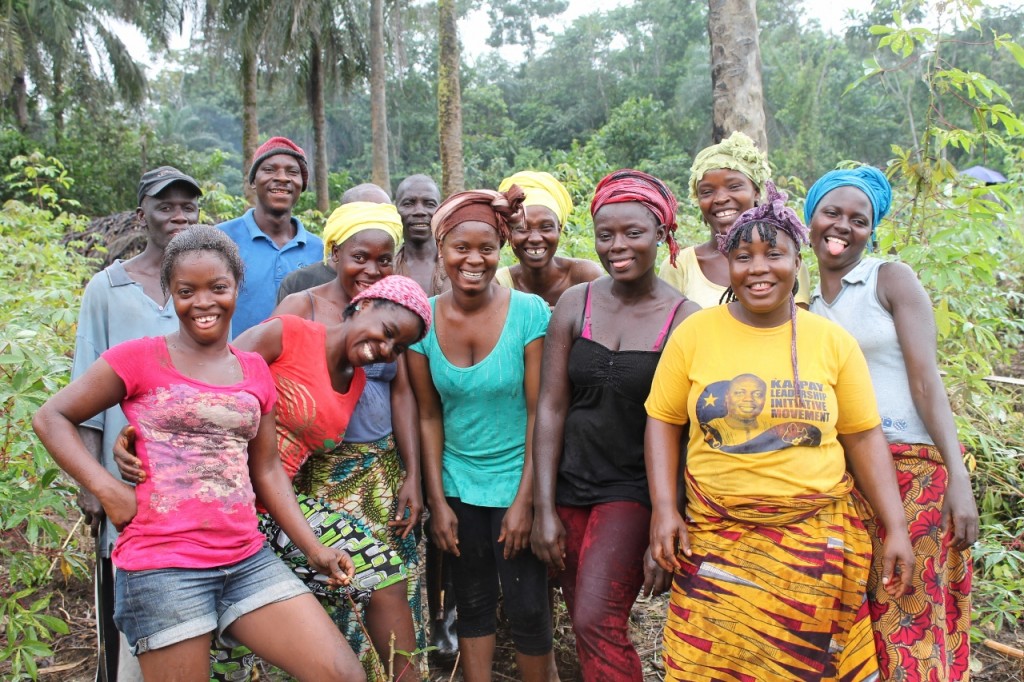

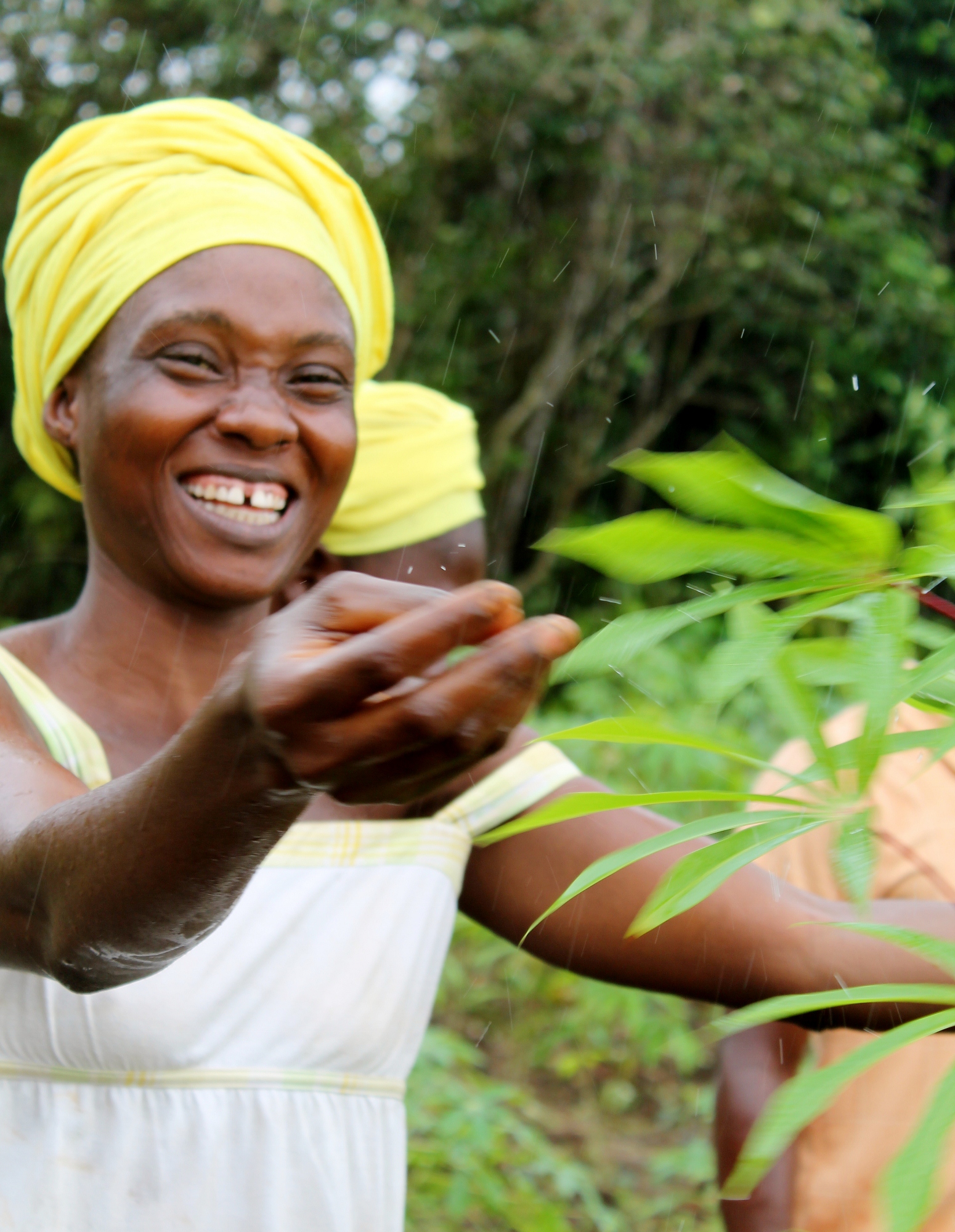
Agriculture spurs development. Mama Liberia will surely prosperous with much more focus and support to the agriculture sector.
Thanks for the article Nico
This is very good news. We hope that this program can be replicated throughout the counties in Liberia. Agriculture can surely Lift Liberia.
Get back to the soil! Mama Liberia will feed our own if we can grow our own food. Liberia needs people who want to be farmers, not just people who rely on farming.